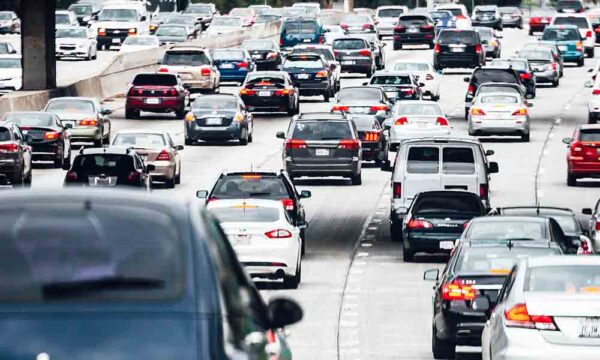
Google’s driverless car technology is a project that the Internet powerhouse is developing. Google engineer Sebastian Thrun, director of the Stanford Artificial Intelligence Laboratory and co-inventor of Google Street View, is leading a team to develop driverless cars on the premise that robot vehicles will be safer than human drivers. Google is currently testing the software in six Toyota Priuses and one Audi TT. The vehicles are meant to sense danger and mimic the decisions made by a human driver – or rather, the correct decisions.
It is thought that robot drivers will decrease the number of accidents that occur because:
- Robots have a faster reaction time than humans
- Robots have 360-degree perception
- Robots do not get distracted, tired or intoxicated
Advocates of driverless car software also say that the capacity of the roads will be doubled as cars will be able to drive more closely to each other safely. Due to the decreased risk of accidents, cars could also be built lighter, which would reduce fuel usage.
How Does it Work?
Combining artificial intelligence software with information gathered in Google Street View, the autonomous vehicle’s system gathers input from:
- Video cameras inside the car
- A sensor on top of the vehicle
- Radar sensors on the front
- Position sensor on one of the rear wheels
Google has tested the seven vehicles without drivers for 1,000 miles and more than 140,000 miles with only occasional human control.
Driverless Vehicles Accident
Additional testing and real-world usage will determine what the driverless cars’ impact on road safety will be. However, a recent fender bender involving Google’s self-driving car has created a few skeptics.
Allegedly, the accident, involving a Google-owned Prius rear-ending another Prius, occurred when a person was operating the vehicle, not when the computer was in control. It has not been confirmed by police that a person was driving, although a Google spokesperson stated that the vehicle was being manually operated.
Nevada Authorizes Use of Autonomous Vehicles
In June of 2011, the Nevada Department of Transportation (NDOT) passed a law allowing the use of driverless vehicles, making Nevada the first state to allow autonomous vehicles to be operated on public roads. NDOT will be responsible for setting safety and performance standards and designating areas where the cars may be tested.
Mass Production
Google claims to have no intention of mass-producing the vehicles but hopes the software will be used by vehicle manufacturers in the pursuit of safer automobiles. Similar vehicles are already being used by the National Nuclear Security Administration (NNSA) for security patrols.With the current shortages of qualified, safe commercial truck drivers, some carriers may find themselves wishing for technology to have advanced enough for driverless commercial trucks.
Contact Us
If you have been injured in an auto accident caused by the negligent actions of another driver or a trucking company, please contact our skilled attorneys. Our law firm specializes in accidents and will review your case to help determine your legal rights and options.
